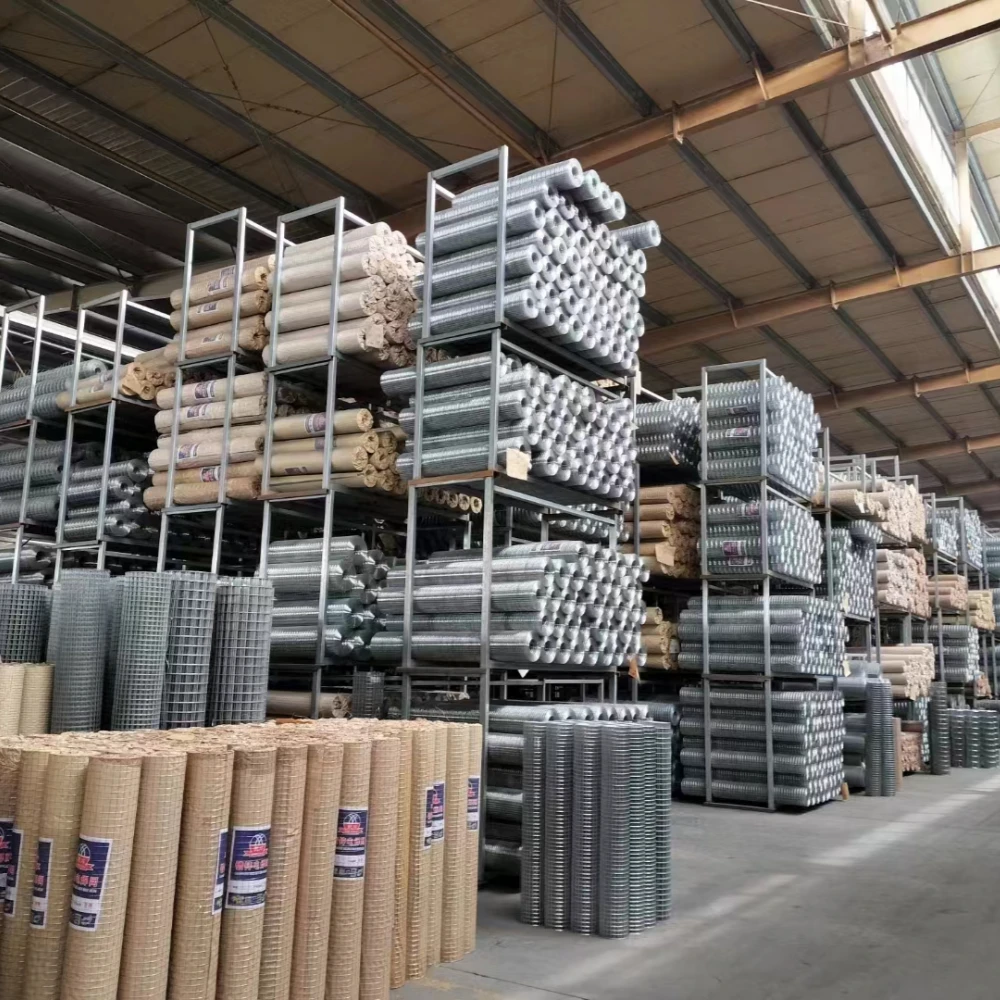Jan . 19, 2025 04:12
Back to list
Welded Wire Mesh
Wire mesh is a versatile material that finds application in a wide range of industries and for various purposes. Understanding the different types of wire mesh and their specific uses is crucial for making informed choices that suit your project needs. The array of options available can indeed be overwhelming, but by focusing on the most common types, you can identify what is most relevant to your requirements.
Hexagonal Wire Mesh Often referred to as chicken wire, hexagonal wire mesh features a hexagonal opening and is lightweight yet durable. It is widely used for poultry fencing, gardening, and outdoor landscaping. Its ease of use and cost-effectiveness make it an ideal choice for both professional and DIY projects. Perforated Metal Mesh Consisting of a sheet of metal with a series of holes punched through it, perforated metal mesh combines aesthetics with functionality. It is frequently utilized in architectural designs and as decorative elements in building facades. It also serves practical uses in filtration and as speaker grilles, where sound clarity and appearance are essential. Each type of wire mesh comes with unique benefits and is suited to specific applications, based on its characteristics. Understanding the materials and processes involved in the production of these meshes further enhances their usage. For instance, stainless steel wire mesh offers excellent resistance against corrosion, making it suitable for harsh environments, while galvanized wire mesh is coated to resist rust, thereby extending its lifespan. Choosing the right wire mesh for your project involves evaluating factors such as strength requirements, environmental conditions, and desired longevity. By doing so, project managers and engineers can maximize the benefits of their choice, ensuring both economic and functional efficiency. Wire mesh continues to play a critical role in modern engineering, architecture, and various industrial processes. Its adaptability and range ensure that it remains an essential material for countless applications, allowing for innovative solutions across all fields. As technological advancements continue to evolve, the potential for new types and uses of wire mesh grows, confirming its status as a staple in both traditional and contemporary applications.


Hexagonal Wire Mesh Often referred to as chicken wire, hexagonal wire mesh features a hexagonal opening and is lightweight yet durable. It is widely used for poultry fencing, gardening, and outdoor landscaping. Its ease of use and cost-effectiveness make it an ideal choice for both professional and DIY projects. Perforated Metal Mesh Consisting of a sheet of metal with a series of holes punched through it, perforated metal mesh combines aesthetics with functionality. It is frequently utilized in architectural designs and as decorative elements in building facades. It also serves practical uses in filtration and as speaker grilles, where sound clarity and appearance are essential. Each type of wire mesh comes with unique benefits and is suited to specific applications, based on its characteristics. Understanding the materials and processes involved in the production of these meshes further enhances their usage. For instance, stainless steel wire mesh offers excellent resistance against corrosion, making it suitable for harsh environments, while galvanized wire mesh is coated to resist rust, thereby extending its lifespan. Choosing the right wire mesh for your project involves evaluating factors such as strength requirements, environmental conditions, and desired longevity. By doing so, project managers and engineers can maximize the benefits of their choice, ensuring both economic and functional efficiency. Wire mesh continues to play a critical role in modern engineering, architecture, and various industrial processes. Its adaptability and range ensure that it remains an essential material for countless applications, allowing for innovative solutions across all fields. As technological advancements continue to evolve, the potential for new types and uses of wire mesh grows, confirming its status as a staple in both traditional and contemporary applications.
Share
Latest news
-
Space-Saving Chain Fence Hacks Vertical Gardening with Cyclone MeshNewsJul.16,2025
-
Innovations in Iron Nail Wire Production for Modern ConstructionNewsJul.16,2025
-
Creative Uses of Wire Netting Fence in Modern Landscape DesignNewsJul.16,2025
-
Barbed Wire Fence Innovations in Anti-Climb TechnologyNewsJul.16,2025
-
Architectural Uses of Umbrella Nails for Aesthetic Roof DesignsNewsJul.16,2025
-
Architectural Uses of Razor Barbed Wire in Secure Urban DesignNewsJul.16,2025




